July 30, 2025
Top 10 Places in India with the Lowest Annual Rainfall
CM Content Team


View all
140+
Resorts
July 30, 2025
CM Content Team
India, known for its diverse climate, experiences varying levels of rainfall across its regions, from the wettest places like Mawsynram to the driest deserts of Rajasthan. While the southwest monsoon brings heavy rains to most parts of the country, there are areas that receive very little precipitation annually due to their geographical location, topography, and climatic conditions. These dry zones are often characterized by arid landscapes, sparse vegetation, and extreme temperatures.
What’s In this Blog:
Top 10 Places with the Lowest Rainfall in India
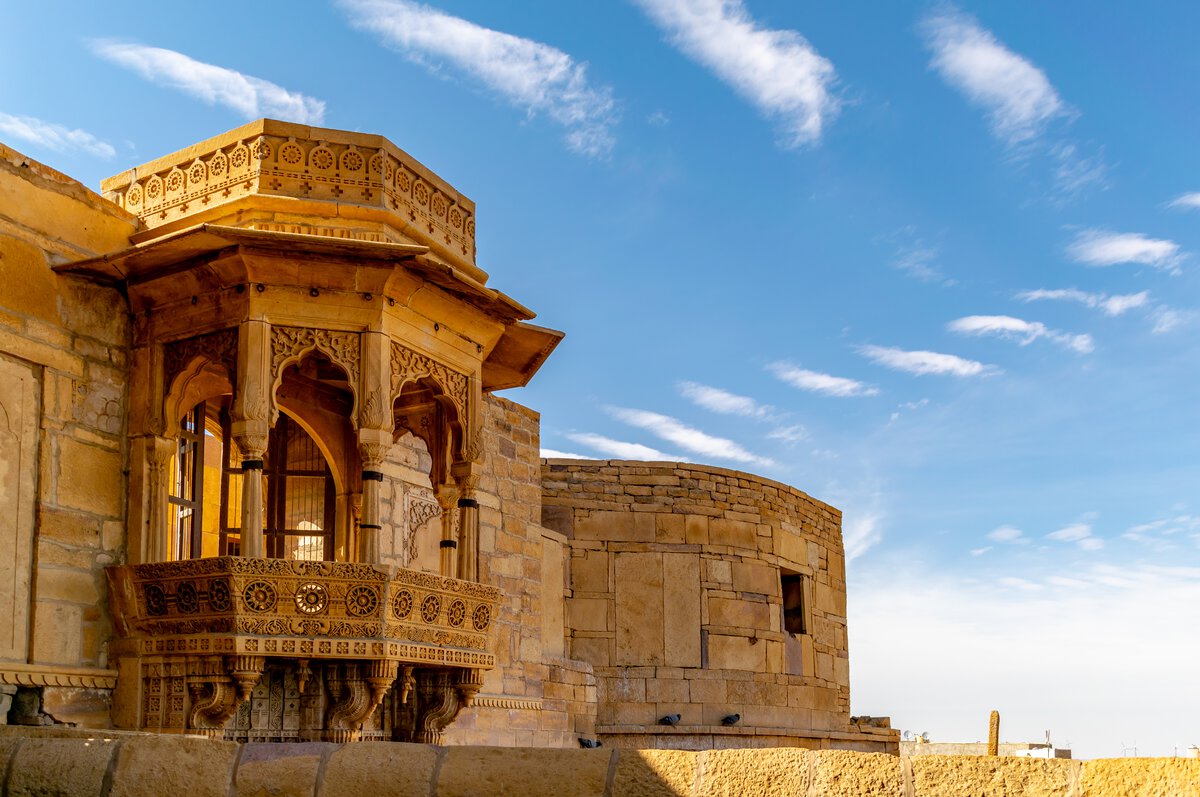
Located in the heart of the Thar Desert, Jaisalmer is famously known as the "Golden City" for its stunning sandstone architecture and desert landscape. What sets it apart climatically is its extremely arid environment, Jaisalmer records some of the lowest rainfall in India, making it one of the driest inhabited places in the country. With annual rainfall averaging less than 200 mm, the region experiences long, dry summers and brief, mild winters. Despite its harsh climate, Jaisalmer thrives as a cultural and tourist hub, drawing visitors to its historic forts, desert safaris, and timeless charm.
Best time to visit:
The best time to visit Jaisalmer is from October to March, when the weather is cool and ideal for sightseeing and desert activities. This period avoids the extreme summer heat and showcases the city’s charm at its best.
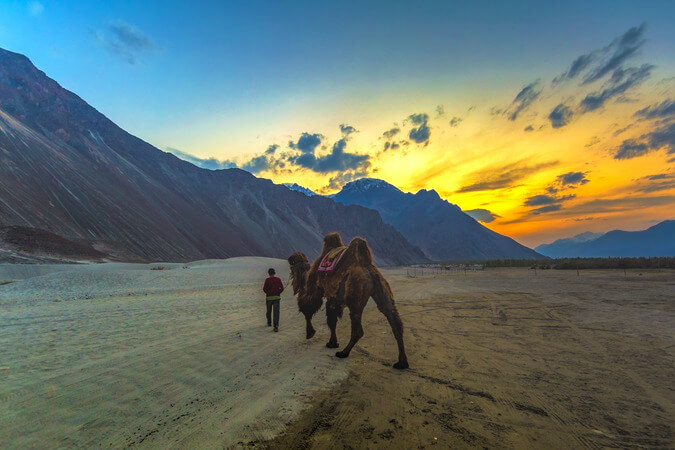
Leh-Ladakh is a strikingly beautiful region in Jammu and Kashmir, known for its barren mountains, crystal-clear lakes, and centuries-old monasteries. Situated in the rain shadow of the Himalayas, it receives extremely low precipitation, placing it among the regions with the lowest rainfall in India. The dry, cold desert landscape, combined with its unique Tibetan-influenced culture, offers a surreal experience that attracts adventure enthusiasts, bikers, and spiritual travellers from around the world.
Best time to visit:
The best time to visit Leh-Ladakh is from May to September, when the weather is pleasant, roads are open, and the region is accessible by both road and air. This period offers clear skies, ideal for sightseeing, trekking, and biking.
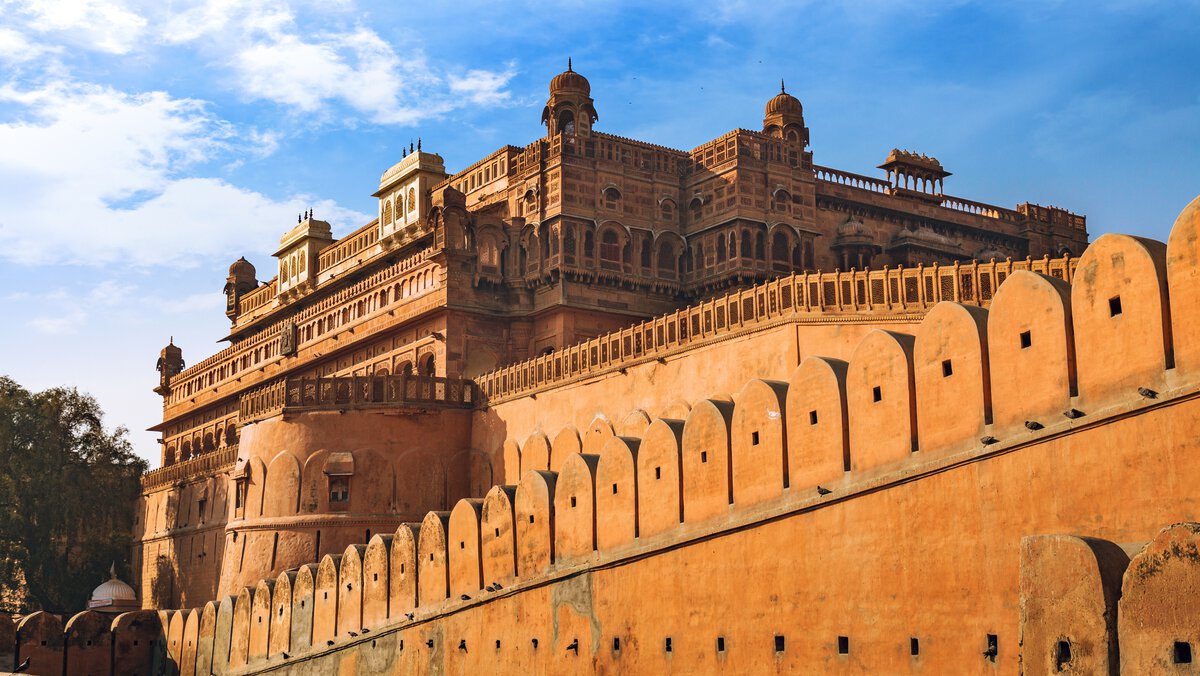
Bikaner is a historic city in northwest Rajasthan, celebrated for its majestic forts, intricate havelis, and vibrant desert culture. Surrounded by the Thar Desert, Bikaner experiences a dry, arid climate with hot summers and mild winters. The city’s distinctive red sandstone architecture, flavourful cuisine, and traditional festivals make it a fascinating destination for travellers. Despite its desert setting, Bikaner thrives as a cultural and commercial hub, offering a blend of royal heritage and rustic charm.
Best time to visit:
The best time to visit Bikaner is from November to February, when the weather is cool and comfortable for exploring forts, markets, and desert landscapes. This winter period is also when the famous Bikaner Camel Festival is held, adding colour and cultural flair to the visit. Summers are extremely hot and best avoided for travel.
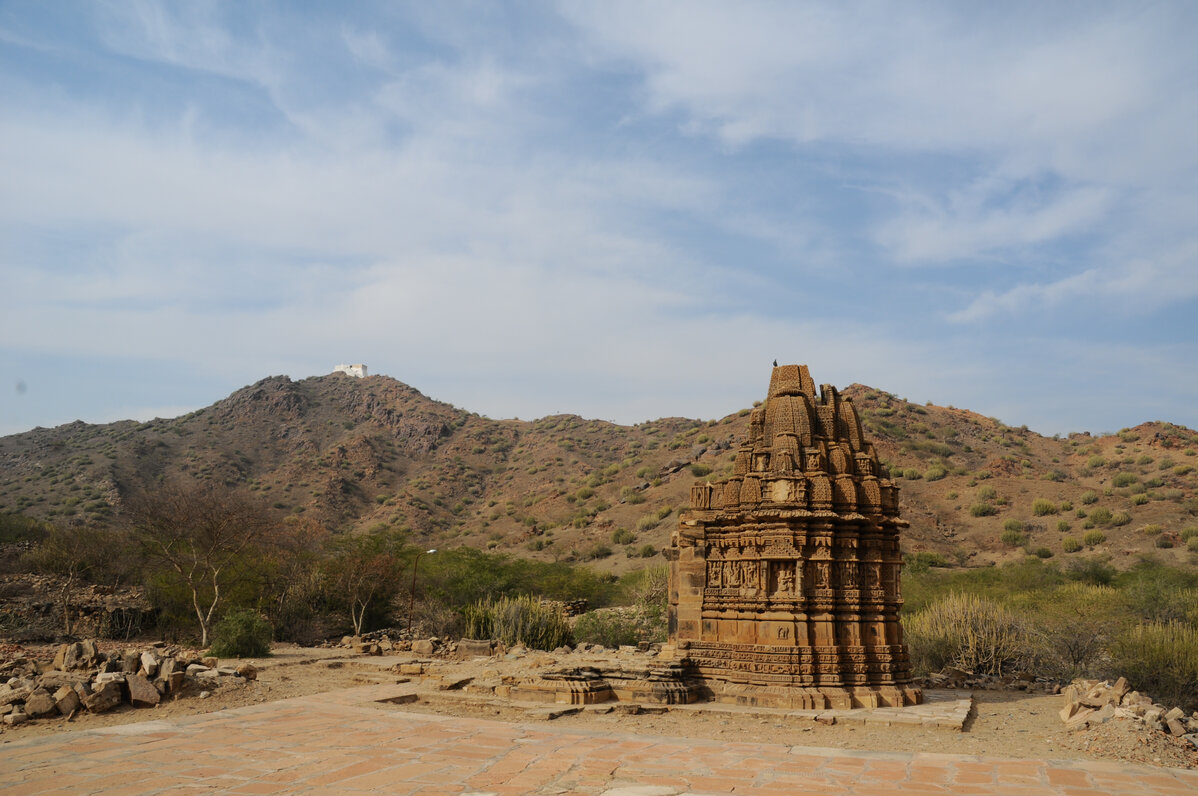
Barmer is a quiet desert town located in the westernmost part of Rajasthan, near the India-Pakistan border. Known for its raw natural beauty, folk music, and vibrant embroidery work, Barmer offers an authentic desert experience away from the tourist crowds. Its arid landscape and sparse vegetation are shaped by an extremely dry climate, typical of regions deep within the Thar Desert. Despite the challenging environment, Barmer thrives on its cultural richness, with colourful festivals and traditional crafts keeping its heritage alive.
Best time to visit:
The best time to visit Barmer is from October to February, when the temperatures are cooler and ideal for sightseeing and outdoor exploration. Winter months make it comfortable to enjoy the desert scenery, traditional villages, and local festivals.
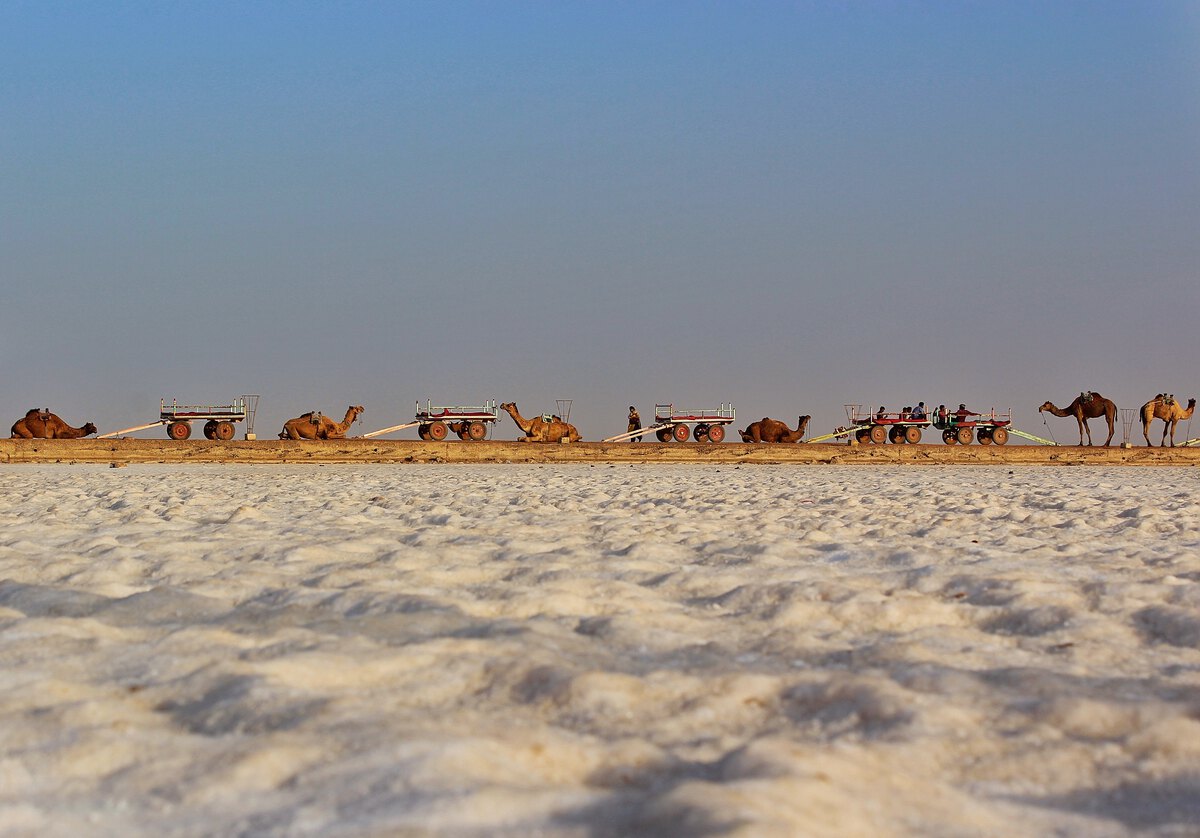
The Rann of Kutch is a vast salt marsh located in the Thar Desert region of Gujarat, stretching into the borderlands of Pakistan. Famous for its surreal white landscapes and the vibrant Rann Utsav festival, this unique region stands out for its extreme climate and arid beauty. With scorching summers, cold winters, and very little annual precipitation, the Rann of Kutch experiences some of the lowest rainfall in India. Despite the harsh environment, it is home to rich wildlife, traditional handicrafts, and colourful cultural traditions that thrive against the stark desert backdrop.
Best time to visit:
The best time to visit the Rann of Kutch is from November to February, during the winter months when the weather is cool and pleasant. This period also coincides with the vibrant Rann Utsav, a cultural festival showcasing traditional music, dance, crafts, and cuisine.
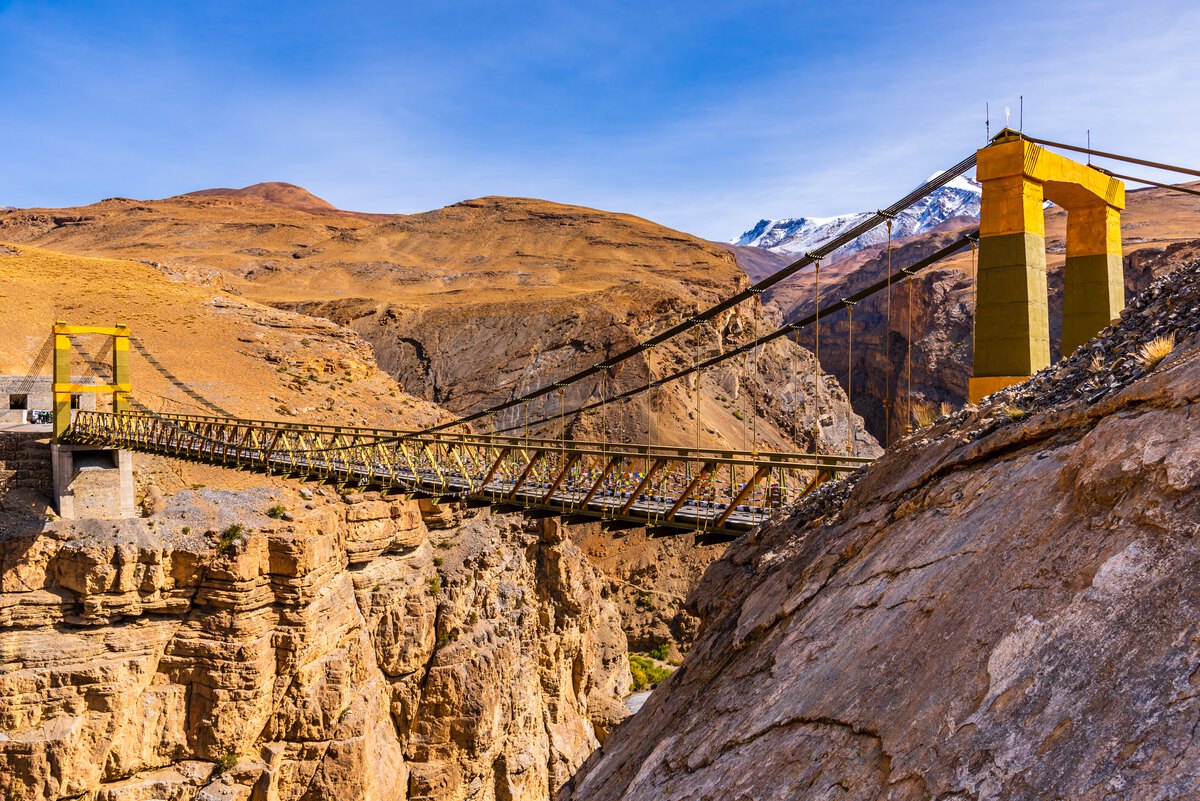
Spiti Valley is a high-altitude desert region nestled in the eastern Himalayas of Himachal Pradesh, known for its stark landscapes, ancient monasteries, and remote mountain villages. Shielded by tall peaks, the valley lies in a rain shadow zone and receives some of the lowest rainfall in India, giving it its rugged, barren charm. With dramatic rock formations, turquoise rivers, and snow-covered passes, Spiti offers a raw and spiritual experience for nature lovers, trekkers, and solitude seekers alike.
Best time to visit:
The best time to visit Spiti Valley is from June to September, when the roads are accessible and the weather is ideal for travel and trekking. Winters are harsh and roads often remain closed due to heavy snowfall.
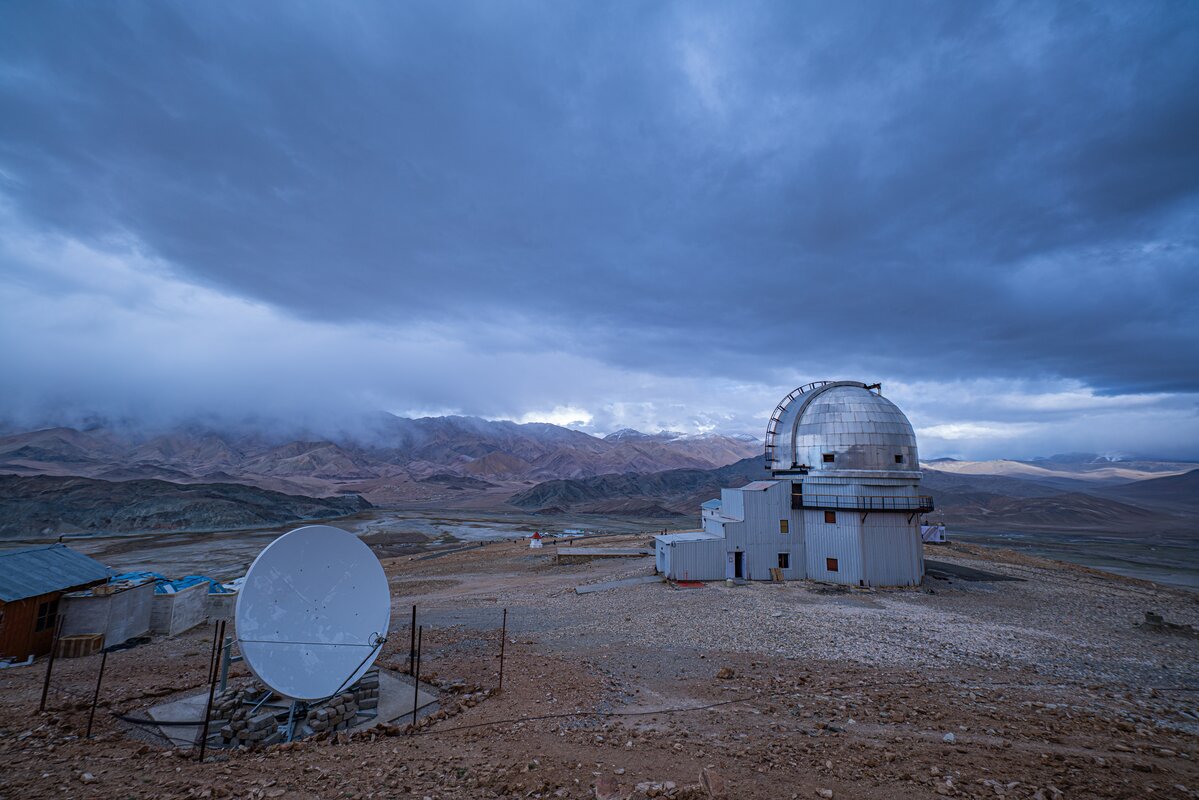
Hanle is a secluded village in southeastern Ladakh, near the Indo-China border, known for its surreal landscapes, ancient monastery, and unmatched stargazing opportunities. Situated at an altitude of over 4,500 metres, Hanle lies in a cold desert zone and receives extremely sparse precipitation, ranking it among areas with the lowest rainfall in India. The region is home to the Indian Astronomical Observatory, one of the highest in the world, making it a paradise for astronomy enthusiasts.
Best time to visit:
The best time to visit Hanle is between May and September, when the roads are open and the weather is relatively stable. During this window, travellers can enjoy star-filled skies, scenic drives, and access to the village’s key attractions.
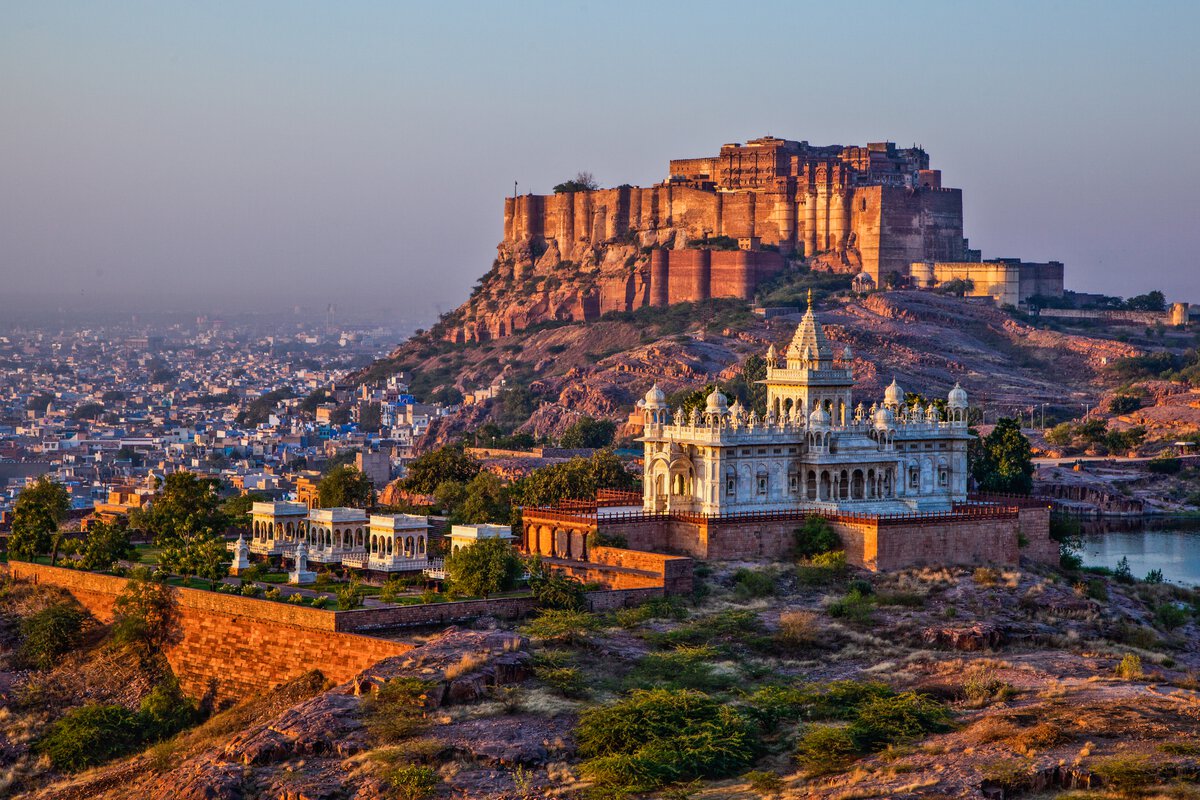
Jodhpur, often called the "Blue City" for its vividly painted old town houses, is a historic gem in the heart of Rajasthan. Dominated by the imposing Mehrangarh Fort, the city offers a captivating blend of regal architecture, vibrant bazaars, and rich Marwari culture. Located on the edge of the Thar Desert, Jodhpur experiences a hot, arid climate with clear skies and minimal rainfall. Its timeless charm, desert landscapes, and royal heritage make it a must-visit destination for history lovers and cultural explorers alike.
Best time to visit:
The best time to visit Jodhpur is from October to March, when the weather is cooler and ideal for sightseeing. Pleasant temperatures during these months make it perfect for exploring forts, palaces, and markets without the intense desert heat. Avoid visiting in peak summer, as temperatures can soar above 40°C.
For a memorable stay in Rajasthan, Club Mahindra Jaisalmer Resort offers the perfect blend of comfort and cultural charm. Located close to the iconic Sam Sand Dunes, this resort in Jaisalmer provides traditional Rajasthani hospitality with modern amenities. Guests can enjoy folk performances, desert adventures, and serene evenings under the stars. It’s an ideal base to explore the rich heritage of Jaisalmer and the surrounding desert landscapes.
A Club Mahindra membership unlocks stays at over 140+ Club Mahindra resorts across India and abroad, allowing you to explore diverse destinations with ease. Booking is seamless and flexible, members can plan vacations months in advance, even during peak seasons. Membership includes access to on-site amenities like swimming pools, spa services, multi-cuisine dining, and adventure activities. Ideal for families and couples, it offers a hassle-free holiday experience with consistent quality and a wide range of curated local experiences.
India’s diverse geography creates a striking contrast between lush monsoon zones and arid regions that receive the lowest rainfall in India. These dry areas, often tucked away in deserts or rain shadow zones, offer more than just extreme climates, they showcase unique landscapes, rich cultural traditions, and unforgettable experiences. Whether it’s the quiet majesty of high-altitude deserts or the vibrant heritage of ancient towns, these destinations reveal the beauty that thrives even in the absence of rain. For travellers seeking something different, these regions provide a compelling journey into India’s lesser-explored, yet equally enchanting side.
Mahindra Holidays & Resorts India Ltd. (MHRIL), a part of Leisure and Hospitality sector of the Mahindra Group, offers quality family holidays primarily through vacation ownership memberships and brings to the industry values such as reliability, trust and customer satisfaction. Started in 1996, the company's flagship brand ‘Club Mahindra’, today has over 300,000 members , who can holiday at 140+ resorts in India and abroad.
We use cookies to personalise content and to provide you with an improved user experience.By Continuing to browse this site you consent to the use of cookies.Please visit our cookie policy for further details.

Welcome to ClubMahindra.com In order to provide a personalised experience for you, we use cookies to enable some website functionality. Cookies help us see which articles most interest you; allow you to easily share articles on social media channels; permit us to deliver content personalised to your interests and locations; along with many other site benefits. For more information, please review our Cookie Policy
When you visit any website, it may store or retrieve information on your browser, mostly in the form of cookies. This information might be about you, your preferences or your device and is mostly used to make the site work as you expect it to. The information does not usually directly identify you, but it can give you a more personalized web experience. Because we respect your right to privacy, you can choose not to allow some types of cookies. Click on the different category headings to find out more and change our default settings. However, blocking some types of cookies may impact your experience of the site and the services we are able to offer.
Because we respect your right to privacy, you can choose not to allow some types of cookies and you have the right to withdraw your consent by send a mail to email id [email protected]
These cookies are essential in order to enable you to move around the site and use its features, such as accessing secure areas of the site. Without these cookies, services you have asked for cannot be provided.
These cookies allow us to employ data analytics so we can measure and improve the performance of our site and provide more relevant content to you. These cookies don't collect information that identifies a visitor down to an individual level that is available to us. These cookies are not passing personally identifiable information to any external third party other than in limited cases when we engage a service provider to act on our behalf but who is then unable to use the data for their own purposes.
Performance cookies are generally third-party cookies from vendors we work with or who work on our behalf that collect information about your visit and use of the Club Mahindra website, for instance which pages you visit the most often, and if you get error messages from web pages. These cookies don't collect information that identifies a visitor. All information these cookies collect is anonymous and is only used to improve your overall experience on how the website works. Third party vendors may have access to this data and may use it to improve their overall services and offerings.
Functionality cookies allow a site to remember choices you make (such as your user name, language or the region you are in) and provide more enhanced, personal features. These cookies cannot track your browsing activity on other websites. They don't gather any information about you that could be used for advertising or remembering where you've been on the Internet outside our site.
Third-party advertising and social media cookies are used to (1) deliver advertisements more relevant to you and your interests; (2) limit the number of times you see an advertisement; (3) help measure the effectiveness of the advertising campaign; and (4) understand people's behaviour after they view an advertisement. They are usually placed on behalf of advertising networks with the site operator's permission. They remember that you have visited a site and quite often they will be linked to site functionality provided by the other organization. This may impact the content and messages you see on other websites you visit. If you do not allow these cookies you may not be able to use or see certain these sharing tools content on our website.